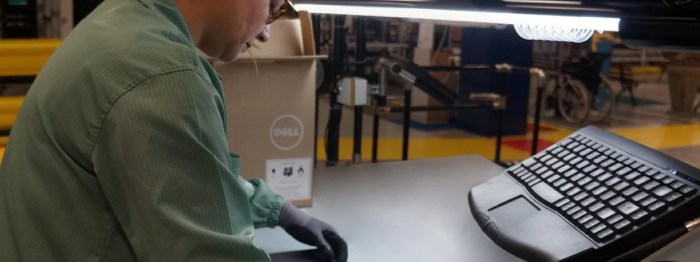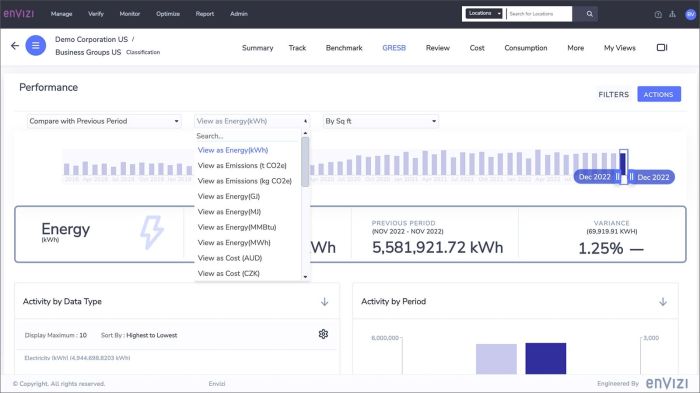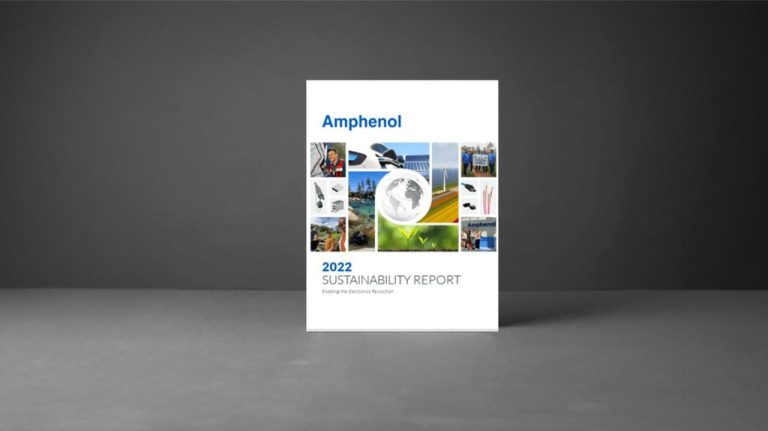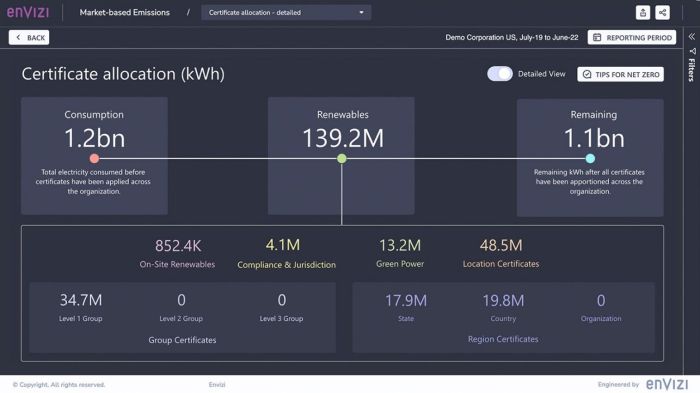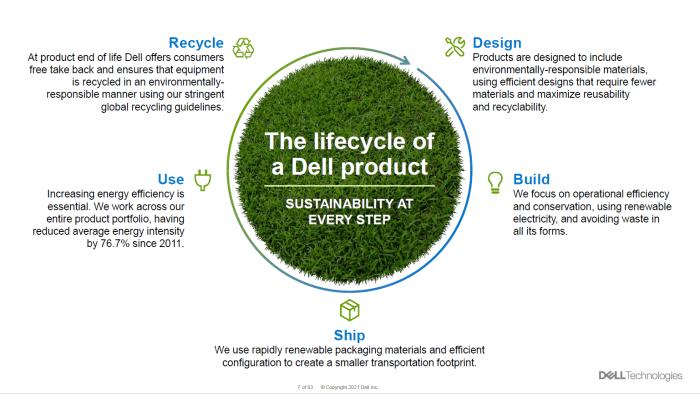IKEA Sustainability A Comprehensive Overview
IKEA Sustainability: From its humble beginnings, IKEA has grown into a global furniture giant, but its journey hasn’t been without scrutiny. This exploration dives into IKEA’s multifaceted sustainability efforts, examining its ambitious goals, innovative circular economy model, and commitment to social responsibility. We’ll uncover how IKEA navigates the complexities of sustainable sourcing, carbon reduction, and fair labor practices, while also analyzing its transparency and future aspirations.
We’ll investigate IKEA’s progress towards its sustainability targets, delving into specific initiatives like its take-back programs and sustainable product design. The analysis will compare IKEA’s performance to its competitors, highlighting both successes and areas for improvement. We’ll also look at the challenges and opportunities presented by a circular economy approach and explore the long-term implications of IKEA’s choices for the environment and its business model.
IKEA’s Sustainability Initiatives
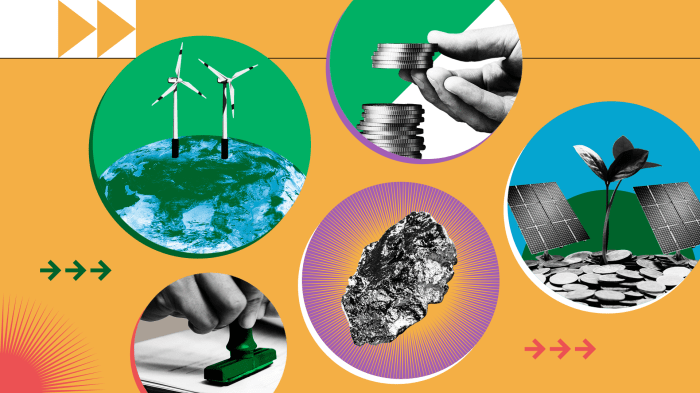
Source: un.org
IKEA’s commitment to sustainability is a significant part of their business strategy, aiming to become climate positive and circular by 2030. This involves a multifaceted approach encompassing their supply chain, product design, and overall operations. They’ve set ambitious targets across various areas, impacting how they source materials, manufacture products, and interact with their customers.
IKEA’s Sustainability Goals and Targets
IKEA’s People & Planet Positive strategy Artikels several key goals. They aim to become climate-positive by 2030, meaning they’ll remove more greenhouse gases from the atmosphere than they emit. This involves reducing their emissions and investing in carbon sequestration projects. Furthermore, they strive for 100% renewable energy use in their operations and a circular business model where products are designed for reuse, repair, and recycling. Specific targets include reducing their carbon footprint by 70% per product by 2030 (compared to 2016 levels) and using only renewable or recycled materials by the same year. These goals are ambitious but represent a serious commitment to environmental responsibility.
Sustainable Sourcing of Raw Materials
IKEA’s approach to sustainable sourcing focuses on responsible forestry, using certified wood from sustainably managed forests. They actively work with suppliers to ensure traceability and responsible harvesting practices. This includes promoting the use of recycled materials and developing innovative materials with lower environmental impact. For example, they’ve invested in research and development of alternative materials like bamboo and recycled plastics, reducing reliance on virgin resources. They also collaborate with organizations like the Forest Stewardship Council (FSC) to improve forest management practices globally. Their goal is to source all wood from more sustainable sources and increase the use of recycled and renewable materials in their products.
Reducing Carbon Emissions Throughout the Supply Chain
IKEA is tackling carbon emissions across its entire value chain, from raw material sourcing to transportation and end-of-life management of products. They’re investing in renewable energy sources to power their operations and reducing emissions from transportation through optimized logistics and increased use of rail and sea freight. They also work closely with suppliers to improve their environmental performance, encouraging them to adopt sustainable practices and reduce their carbon footprint. A key strategy involves promoting energy efficiency in their factories and distribution centers, reducing waste, and improving resource utilization. They are also actively exploring carbon capture and storage technologies to further mitigate their impact.
Sustainable Product Design and Development
IKEA’s product design process incorporates sustainability considerations from the outset. Products are designed for durability, repairability, and recyclability. This includes using modular designs that allow for easy repair and upgrades, extending the lifespan of the product, and reducing waste. They also focus on using materials with low environmental impact and designing products that are easily disassembled for recycling at the end of their life. Examples include the use of recycled plastic in some products and the development of more sustainable packaging materials. The design process emphasizes reducing material usage and creating long-lasting, high-quality items that minimize the need for frequent replacements.
Comparison of IKEA’s Sustainability Performance with Competitors
| Company | Carbon Footprint Reduction Target (by 2030) | Renewable Energy Use (Target Year) | Recycled Material Use (Target Year) |
|---|---|---|---|
| IKEA | 70% (per product, compared to 2016) | 100% (2030) | 100% (2030) |
| [Competitor 1 – e.g., Wayfair] | [Insert Data] | [Insert Data] | [Insert Data] |
| [Competitor 2 – e.g., Williams Sonoma] | [Insert Data] | [Insert Data] | [Insert Data] |
| [Competitor 3 – e.g., Home Depot] | [Insert Data] | [Insert Data] | [Insert Data] |
IKEA’s Circular Economy Model
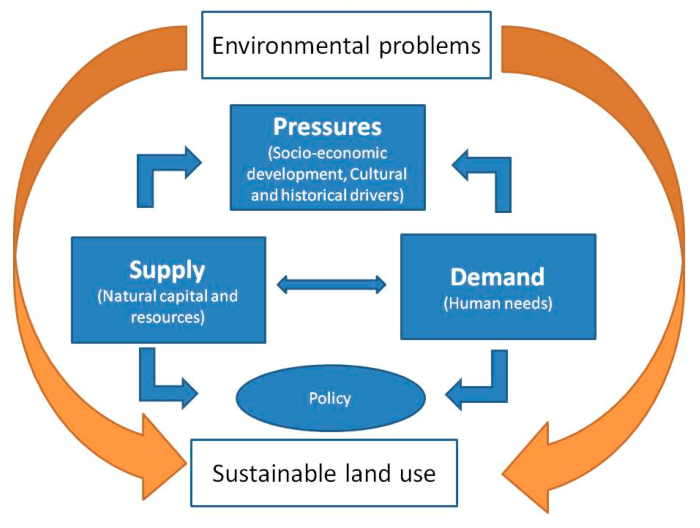
Source: mdpi.com
IKEA’s commitment to sustainability extends beyond simply using sustainable materials; it’s deeply embedded iitsir circular economy model. This approach aims to minimize waste and maximize the lifespan of their products, moving away from a traditional “take-make-dispose” model towards a more regenerative system. This involves a multifaceted strategy encompassing product design, take-back programs, and partnerships to create a closed-loop system for their furniture and home goods.
IKEA’s efforts to promote product reuse and recycling are multifaceted and integrated throughout their value chain. They actively encourage customers to extend the life of their products through repair, refurbishment, and resale. This is supported by readily available spare parts, repair services, and online resources offering guidance and inspiration for repurposing IKEA furniture. The company also collaborates with various recycling partners to ensure responsible disposal and material recovery at the end of a product’s life.
Product Reuse and Recycling Initiatives
IKEA’s initiatives are designed to keep products in use for as long as possible. Their “Second Hand” marketplaces, both online and in some physical stores, allow customers to buy and sell pre-owned IKEA furniture, fostering a circular economy within their customer base. Furthermore, IKEA invests in recycling infrastructure and partnerships to improve the recycling rates of its products, focusing particularly on materials like wood and textiles. They’re actively working to develop innovative recycling technologies to process materials more efficiently and recover valuable resources.
IKEA Take-Back Programs and Their Effectiveness
IKEA operates various take-back programs, depending on the region and product type. These programs allow customers to return old or unwanted furniture to designated locations for recycling or reuse. While the effectiveness of these programs varies by location and specific initiatives, IKEA continuously monitors and refines them based on data and customer feedback. The success of these programs hinges on customer participation and efficient recycling infrastructure. The company actively promotes awareness of these programs through its marketing channels and in-store communication. Data on the volume of materials recovered through these programs and their subsequent reuse or recycling is publicly shared to demonstrate their commitment and effectiveness.
Initiatives to Extend Product Lifespan
IKEA designs its products with durability and repairability in mind. This includes using robust materials, simplifying assembly and disassembly processes, and making spare parts readily available for purchase. They also invest in research and development to create more durable and recyclable materials. The company’s focus on modular designs allows for easier customization and adaptation, potentially extending the product’s usefulness beyond its initial intended purpose. Furthermore, they provide repair guides and tutorials online, empowering customers to fix minor issues themselves.
Hypothetical Closed-Loop System for an IKEA Product
Consider a MALM dresser. After its useful life, a customer returns it to IKEA through a take-back program. The dresser is disassembled, and the wood is separated from the hardware and other materials. The wood is then processed and used to create new particleboard for future furniture production, closing the loop. The metal components are recycled into new hardware, and the plastic is processed and reused in other applications. This illustrates how IKEA aims to recover valuable materials and minimize waste within a closed-loop system.
Challenges and Opportunities in IKEA’s Circular Economy Strategy
Implementing a comprehensive circular economy model presents both challenges and opportunities for IKEA.
- Challenge: Global variations in recycling infrastructure and regulations make consistent implementation challenging across different markets.
- Challenge: Educating consumers about the importance of recycling and the proper disposal of IKEA products remains a crucial task.
- Challenge: The cost of collecting, processing, and reusing materials can be significant.
- Opportunity: Developing innovative recycling technologies and partnerships can improve efficiency and reduce costs.
- Opportunity: Increased consumer demand for sustainable products presents a significant market opportunity.
- Opportunity: Collaborating with other companies and organizations can create a more robust and efficient circular economy ecosystem.
Social Responsibility in IKEA’s Sustainability Efforts
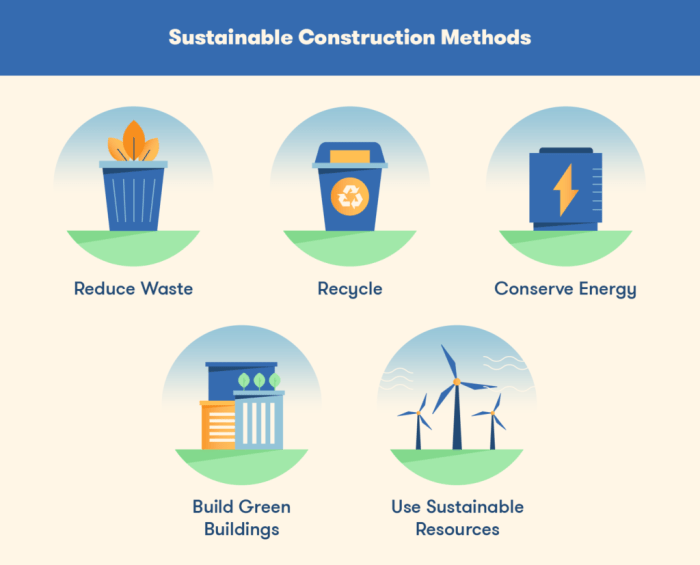
Source: amazonaws.com
IKEA’s commitment to sustainability extends beyond environmental concerns to encompass a robust social responsibility agenda. Their efforts aim to create a positive social impact throughout their entire value chain, from sourcing materials to engaging with local communities and ensuring fair labor practices. This section will explore key aspects of IKEA’s social responsibility initiatives and their impact.
IKEA’s Key Social Responsibility Initiatives
IKEA’s social responsibility initiatives are deeply intertwined with its sustainability goals. They actively work to improve the lives of people involved in their supply chain, focusing on areas such as fair wages, safe working conditions, and community development. Key programs include initiatives promoting gender equality, supporting the education and well-being of workers and their families, and investing in local communities near their production facilities. These initiatives are documented in their annual sustainability reports and publicly available on their website. For example, IKEA has implemented programs focused on improving access to healthcare and education for workers in supplier factories.
Comparison of IKEA’s Fair Labor Practices with Industry Standards
IKEA’s approach to fair labor practices is generally considered to be more progressive than many industry standards. They have established a detailed Code of Conduct that covers aspects like wages, working hours, and health and safety. While achieving complete compliance across their vast supply chain remains a challenge, IKEA actively works with suppliers to improve conditions and regularly audits their factories. However, challenges remain, and the company has faced criticism in the past regarding labor conditions in certain supplier factories. Comparisons with industry standards often involve looking at benchmarks set by organizations like the Fair Labor Association (FLA) and the Ethical Trading Initiative (ETI). IKEA’s commitment to transparency, though, allows for greater scrutiny and accountability compared to many competitors.
Role of Local Communities in IKEA’s Sustainable Supply Chain
IKEA recognizes the importance of engaging with local communities near their production facilities and sourcing materials. Their sustainable supply chain strategy emphasizes working collaboratively with local communities to source sustainable materials, create jobs, and support local economic development. This includes investing in infrastructure, providing training opportunities, and ensuring fair compensation for local producers. For example, IKEA’s sourcing of bamboo from sustainably managed forests directly benefits local communities dependent on these resources. This engagement not only strengthens the supply chain but also contributes to social stability and environmental protection in these regions.
Impact of IKEA’s Sustainability Efforts on Social Reputation
IKEA’s commitment to social responsibility significantly impacts its social reputation. While challenges exist, their proactive approach to addressing social issues within their supply chain and their transparency in reporting have generally enhanced their brand image. Consumers are increasingly conscious of ethical sourcing and fair labor practices, and IKEA’s efforts resonate with this growing demand. However, maintaining a positive social reputation requires continuous improvement and addressing criticisms constructively. Public perception is influenced by independent audits, media coverage, and consumer feedback, demanding ongoing efforts to demonstrate genuine commitment to social responsibility.
The Interconnectedness of IKEA’s Social and Environmental Sustainability Efforts
Imagine a three-circle Venn diagram. One circle represents IKEA’s environmental sustainability initiatives (e.g., reducing carbon emissions, and sustainable material sourcing). Another circle represents their social responsibility initiatives (e.g., fair wages, and community development). The overlapping area, where all three circles intersect, shows the significant interconnectedness of their efforts. For example, sustainable forestry practices (environmental) support local communities (social) by providing jobs and preserving resources. Similarly, reducing water consumption in production (environmental) improves worker safety and health (social). The diagram visually demonstrates that environmental and social sustainability are not separate goals but rather mutually reinforcing aspects of their overall sustainability strategy. The larger the overlapping area, the stronger the positive impact on both people and the planet.
Transparency and Communication of IKEA’s Sustainability Performance
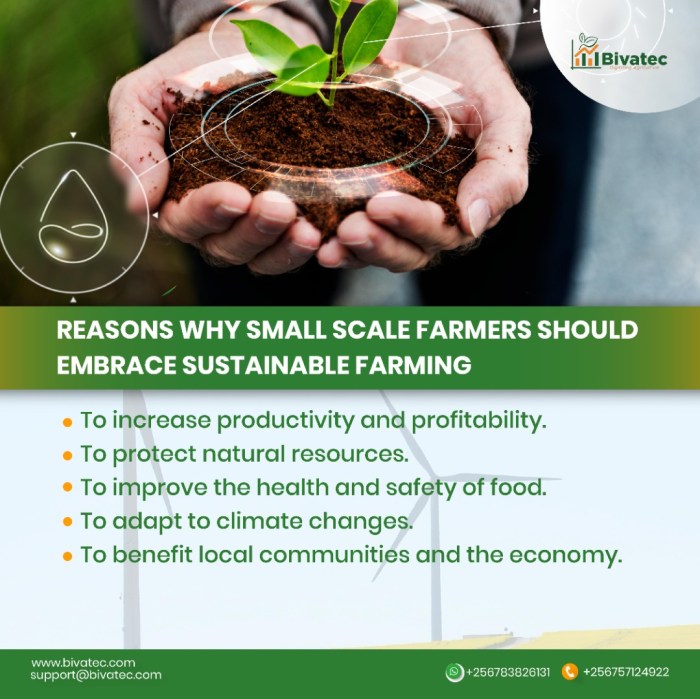
Source: bivatec.com
IKEA’s commitment to sustainability isn’t just about internal practices; it’s about openly sharing their progress and challenges with the world. Effective communication is crucial for building trust with consumers, investors, and other stakeholders, and for driving further improvements. This section examines how IKEA communicates its sustainability performance, assesses the effectiveness of its reporting, and explores how it addresses criticisms and collaborates with others.
IKEA employs a multi-faceted approach to communicating its sustainability performance. Their primary method is through annual sustainability reports, and detailed documents outlining their environmental and social impact across various aspects of their operations. These reports utilize standardized frameworks like the Global Reporting Initiative (GRI) standards, enhancing comparability and credibility. Beyond formal reports, IKEA leverages its website, social media platforms, and press releases to disseminate key updates and achievements. They also engage in direct dialogue with stakeholders through various channels, including stakeholder consultations and participation in industry initiatives.
IKEA’s Sustainability Reporting Methods
IKEA’s sustainability reporting utilizes a combination of quantitative and qualitative data. Quantitative data includes metrics such as carbon emissions, water usage, and waste generation, presented with clear targets and progress updates. Qualitative data provides context and narrative, explaining the strategies and challenges behind the numbers. For example, they might detail the challenges faced in sourcing sustainable materials from specific regions or the success of a particular initiative aimed at reducing their carbon footprint in their logistics. The reports also highlight independent verification and audits of their data, bolstering their transparency.
Effectiveness of IKEA’s Sustainability Reporting
While IKEA’s reporting is generally considered comprehensive, there’s always room for improvement. The effectiveness can be evaluated based on factors such as clarity, accessibility, and the use of robust methodologies. While the reports are detailed, some stakeholders might find them overly technical. Improving the accessibility of information through simpler visualizations and summaries could enhance understanding and engagement. Furthermore, greater emphasis on the long-term implications of their actions, along with a more detailed analysis of potential risks and opportunities related to sustainability, could further strengthen the reporting. Independent third-party assessments of the reports can offer valuable insights into their strengths and weaknesses.
Addressing Criticisms and Concerns
IKEA proactively addresses criticisms and concerns regarding its sustainability practices. They acknowledge challenges, such as the complexities of sourcing sustainable materials at scale, and openly discuss the steps they are taking to mitigate these issues. They respond to stakeholder feedback through various channels, including their website and social media, and actively participate in dialogues with NGOs and other concerned parties. For example, IKEA has responded to criticisms regarding deforestation by committing to using only certified wood and collaborating with organizations to promote responsible forestry practices.
Collaborations with External Organizations
IKEA actively collaborates with a wide range of external organizations to advance its sustainability goals. These collaborations include partnerships with NGOs focused on environmental protection, suppliers committed to sustainable practices, and academic institutions researching sustainable solutions. A notable example is IKEA’s collaboration with the World Wildlife Fund (WWF) on forest conservation initiatives. These collaborations not only provide access to expertise and resources but also enhance the credibility and impact of IKEA’s sustainability efforts. Joint projects with other companies within the furniture industry also promote industry-wide adoption of sustainable practices.
Recommendations for Improving Transparency and Communication
To further enhance its transparency and communication, IKEA could consider the following:
- Develop more interactive and user-friendly online platforms to present sustainability data.
- Increase the frequency of updates and communications, providing more regular progress reports on key initiatives.
- Expand the scope of their reporting to include more comprehensive social impact metrics, such as employee well-being and supplier relationships.
- Invest in independent third-party verification of sustainability claims to further enhance credibility.
- Develop clearer and more accessible communication materials tailored to different stakeholder groups (consumers, investors, employees).
Future of IKEA’s Sustainability
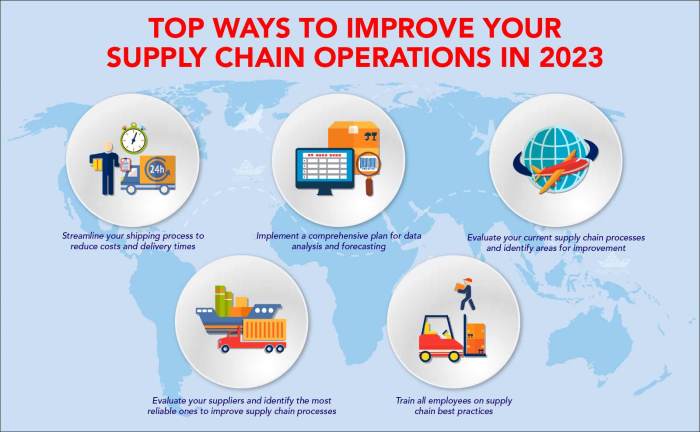
Source: alcorfund.com
IKEA’s sustainability journey is far from over; it’s an ongoing evolution shaped by emerging trends, technological advancements, and a constant need for improvement. The company’s future success hinges on its ability to adapt and innovate within a rapidly changing global landscape. This section explores potential future trends, technological solutions, areas for improvement, and the long-term implications of IKEA’s sustainability choices.
Future Trends Impacting IKEA’s Sustainability Strategy
Several key trends will significantly influence IKEA’s sustainability strategy in the coming years. Increased regulatory pressure for environmental responsibility will necessitate more stringent targets and reporting. Growing consumer demand for sustainable and ethically sourced products will drive innovation and transparency. Climate change impacts, such as resource scarcity and extreme weather events, will necessitate resilient supply chains and product designs. Finally, the shift towards a circular economy will require IKEA to rethink its entire business model, from product design to waste management. These trends will require IKEA to be proactive and adaptable, constantly reassessing its strategies to remain competitive and responsible.
Emerging Technologies Supporting IKEA’s Sustainability Goals
Emerging technologies offer significant potential for enhancing IKEA’s sustainability efforts. For example, advancements in renewable energy technologies, like solar and wind power, can drastically reduce the company’s carbon footprint in its operations and supply chain. AI-powered optimization tools can improve logistics and reduce waste throughout the product lifecycle. Sustainable material innovations, such as bio-based plastics and recycled materials, can create more environmentally friendly products. Blockchain technology can improve transparency and traceability throughout the supply chain, ensuring ethical sourcing and responsible manufacturing. The adoption of these technologies is crucial for IKEA to meet its ambitious sustainability goals.
Areas for Improvement in IKEA’s Current Sustainability Efforts
While IKEA has made significant strides, areas for improvement remain. Further reducing its reliance on virgin materials and accelerating the transition to a truly circular model are key priorities. Improving transparency and traceability within its complex global supply chain, particularly concerning social and environmental standards, is essential. Strengthening engagement with suppliers to promote sustainable practices throughout the value chain is crucial. Finally, increasing investment in research and development of sustainable materials and technologies is necessary to stay ahead of the curve.
Long-Term Implications of IKEA’s Sustainability Choices
IKEA’s sustainability choices will have profound long-term implications for both the company and the environment. A strong commitment to sustainability can enhance the company’s brand reputation, attract environmentally conscious consumers, and improve its long-term financial performance. Conversely, failure to address sustainability challenges could lead to reputational damage, decreased profitability, and regulatory penalties. For the environment, IKEA’s choices will significantly impact resource consumption, greenhouse gas emissions, and biodiversity. A successful sustainability strategy will contribute to a more sustainable future, while failure could exacerbate environmental problems.
Roadmap to Carbon Neutrality for IKEA, Ikea sustainability
Achieving carbon neutrality requires a multi-pronged approach. A key initial step is a comprehensive carbon footprint assessment to identify major emission sources.
Reduce emissions through energy efficiency improvements across its operations and supply chain.
This includes transitioning to renewable energy sources, optimizing logistics, and improving the energy efficiency of its products.
Invest heavily in the development and adoption of carbon capture and storage technologies.
This will mitigate emissions from unavoidable sources.
Offset remaining emissions through credible carbon offsetting programs.
These programs should prioritize projects that deliver both environmental and social benefits.
Set ambitious, science-based targets for emissions reductions, and regularly monitor and report on progress.
This ensures transparency and accountability. Finally,
collaborate with suppliers, industry partners, and governments to drive systemic change in the furniture industry.
This fosters a broader movement towards sustainability.
Final Conclusion: Ikea Sustainability
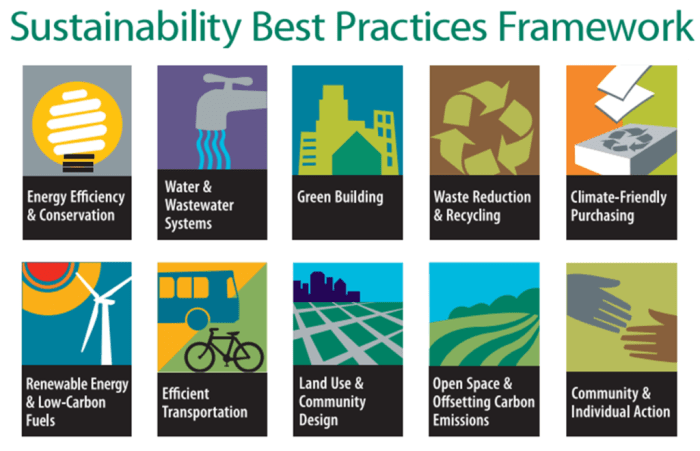
Source: publicceo.com
IKEA’s sustainability journey is a complex and ongoing process, but one that demonstrates a significant commitment to environmental and social responsibility. While challenges remain, IKEA’s proactive approach to sustainable sourcing, circular economy initiatives, and transparent communication provide a compelling example for other businesses. The company’s future success will undoubtedly be intertwined with its ability to continuously adapt and innovate in its pursuit of a more sustainable future. The road to carbon neutrality is ambitious, but the steps IKEA is taking offer a glimpse of a more responsible and sustainable future for the furniture industry and beyond.

